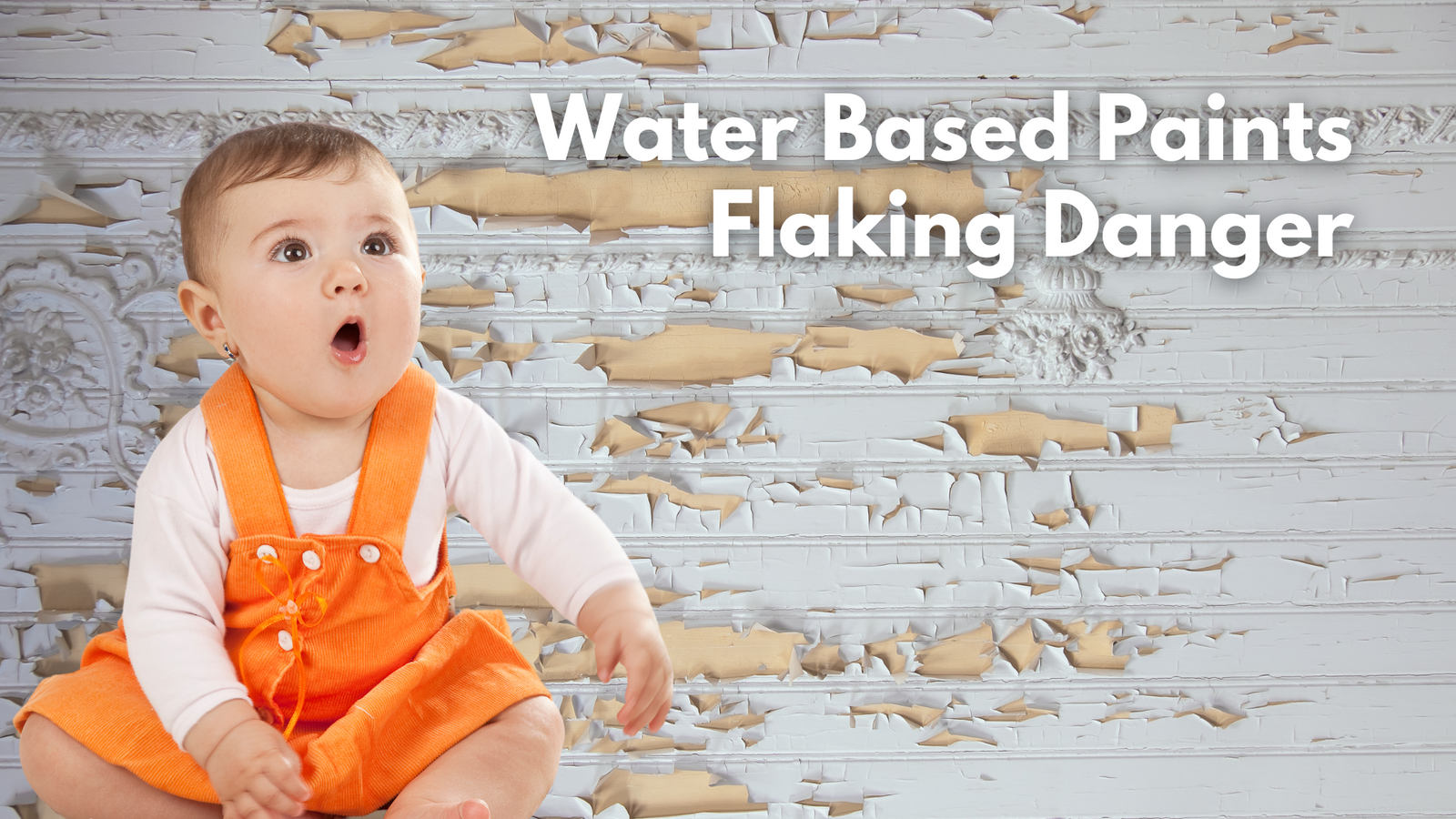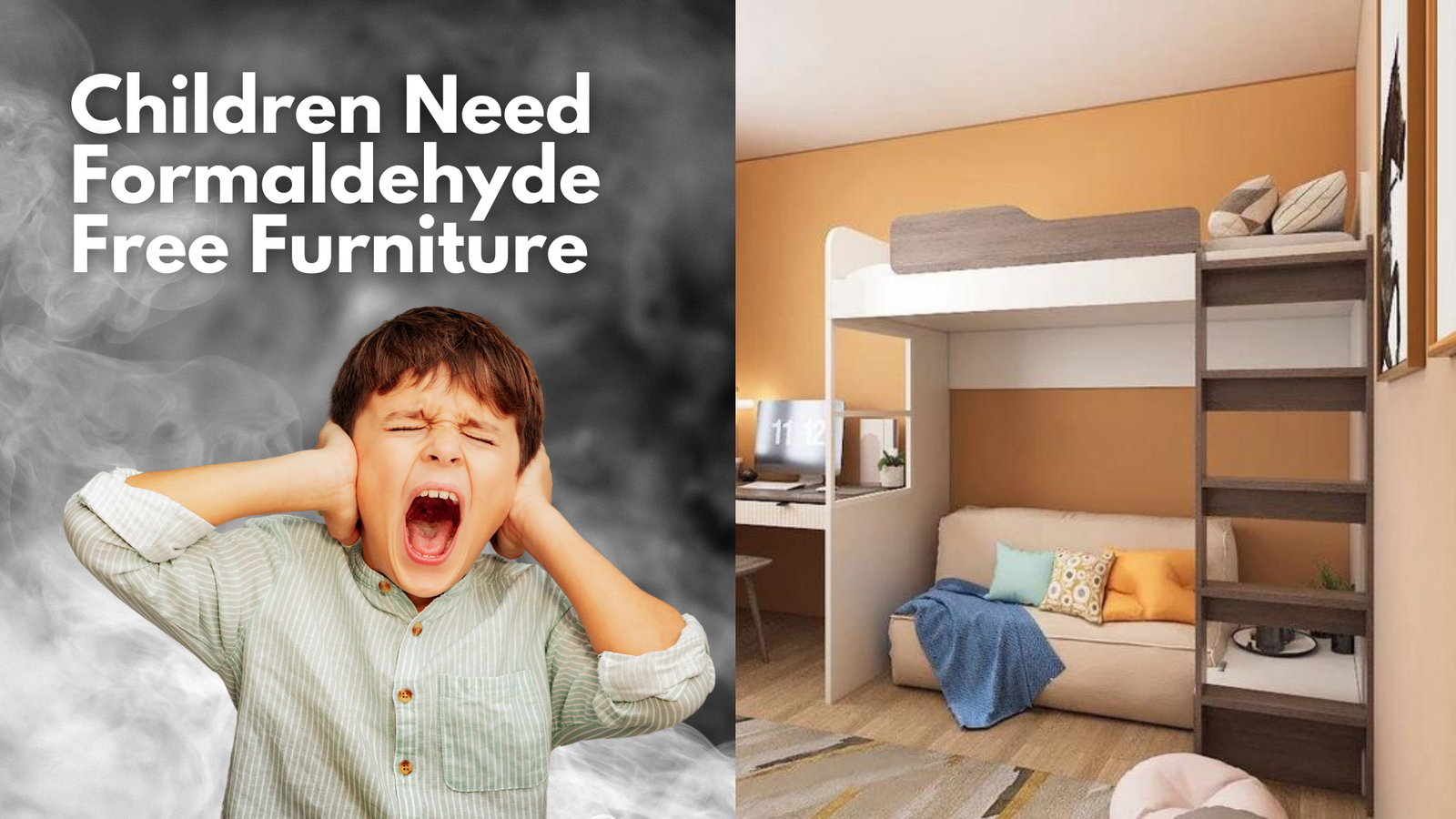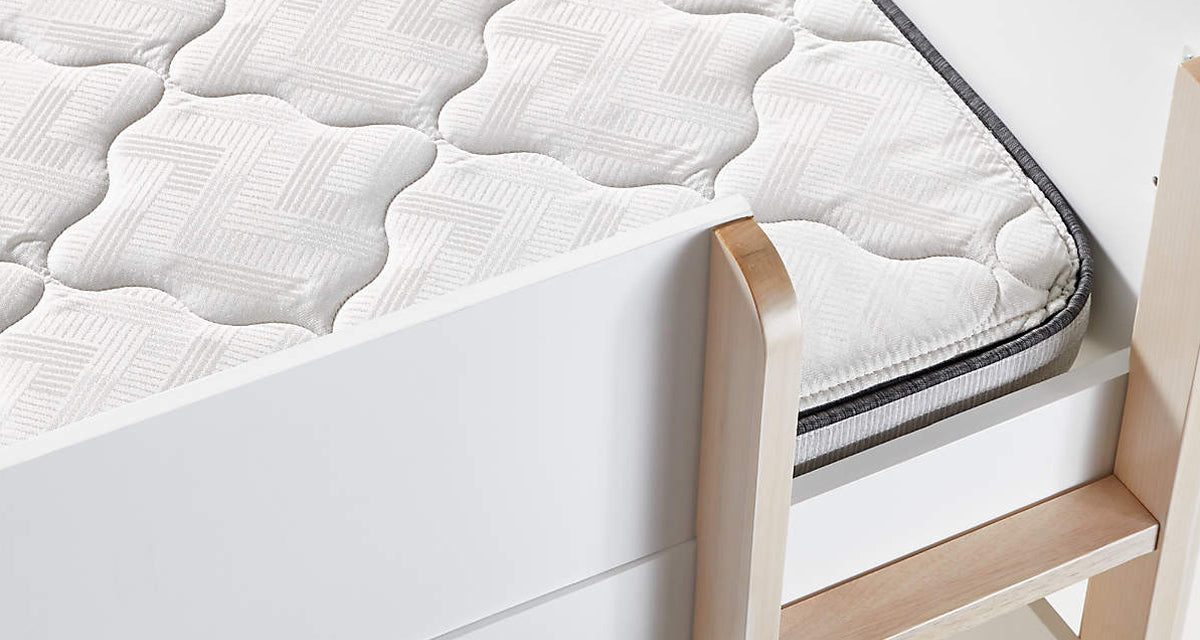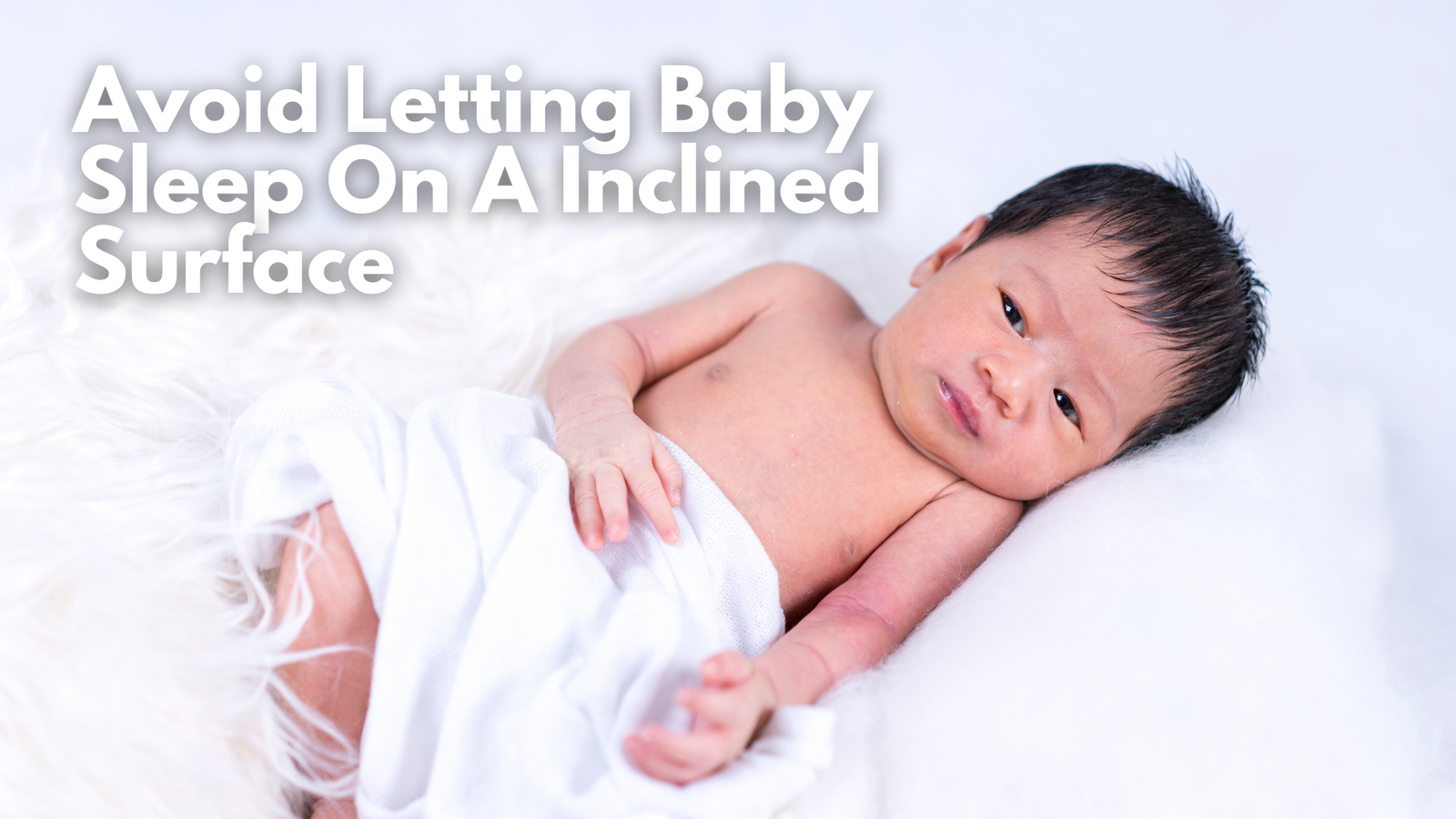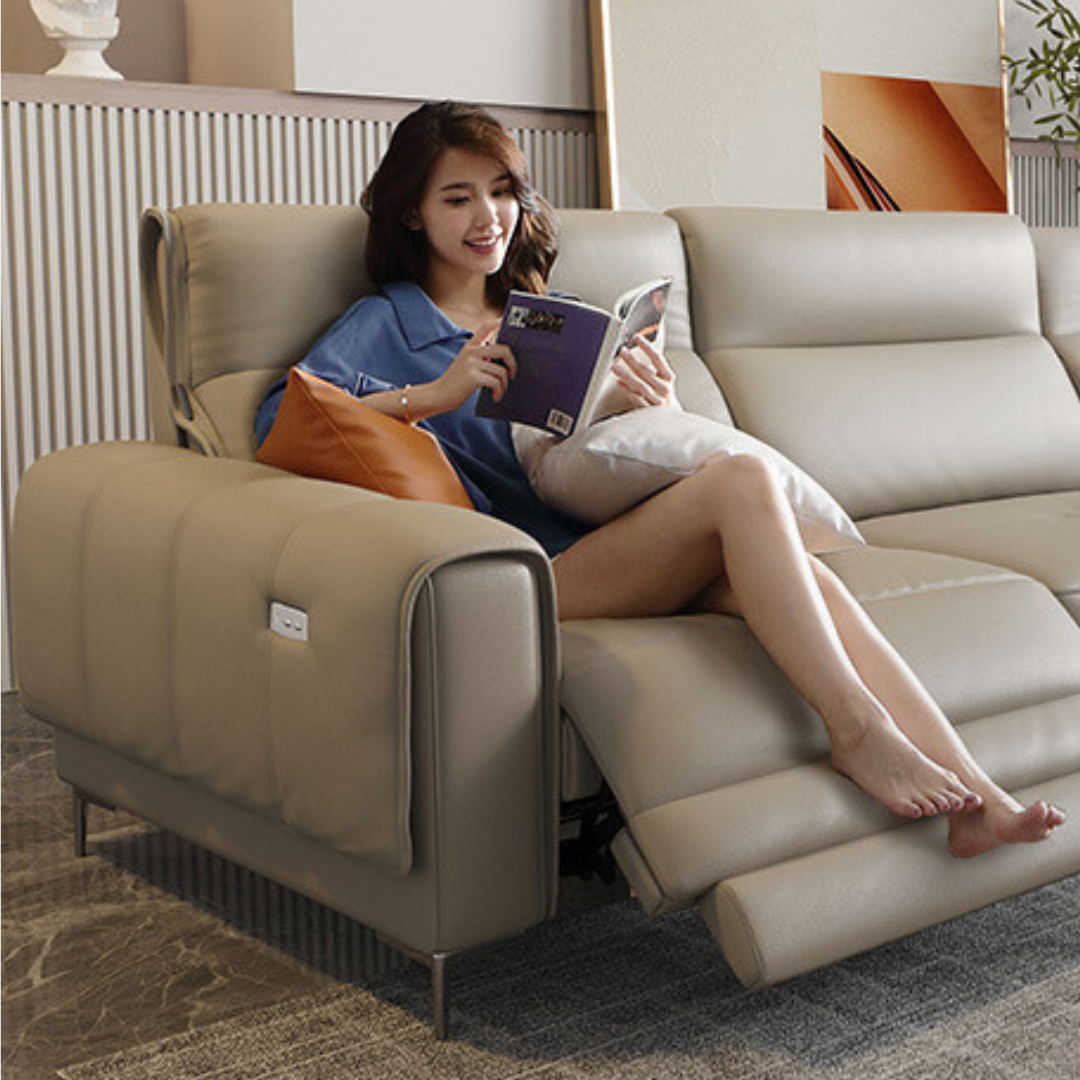When it comes to selecting the safest options for your baby’s nursery, every decision matters. One area that often goes overlooked is the type of paint used on baby cots. Many parents may assume that water-based paints are a safe and eco-friendly option, but they carry risks that can be hazardous to your baby. Below are the key dangers associated with using water-based paints for baby cots, and why parents should be cautious.
#1. Flaking Water Based Paint Poses a Choking Hazard
Water-based paints, although free from harsh chemicals, are prone to flaking over time. As the paint begins to wear, small pieces can chip off the cot. Babies, who are naturally curious and tend to explore their surroundings with their mouths, could ingest these tiny paint chips. This poses a choking hazard, as well as potential risks if the flakes are inhaled.
#2. Peeling Paint Increases Ingestion Risks
In addition to flaking, water-based paints may peel when exposed to moisture or regular wear and tear. Babies often bite, scratch, and touch their cots as they develop, increasing the likelihood of paint peeling off. Ingesting even small amounts of paint can lead to health concerns, particularly if the paint contains toxins.
#3. Moisture and Humidity Weaken Water Based Paint
Nurseries can sometimes experience changes in temperature or humidity, which can further weaken water-based paints. These environmental conditions may cause the paint to swell, crack, or bubble, leading to an increased risk of paint particles breaking free. Over time, even high-quality water-based paint can deteriorate, making it less durable for baby furniture.
#4. Limited Durability for Constant Use
Cots are subject to constant use and movement, and this wear and tear can lead to faster deterioration of water-based paint. The friction from moving the cot or adjusting the height, combined with regular cleaning, can wear down the paint layer, making it less resistant to scratches or abrasions.
#5. Not Always Free from Harmful Chemicals
While water-based paints are often marketed as eco-friendly, some may still contain low levels of harmful chemicals like volatile organic compounds (VOCs). These chemicals can release fumes into the air, which are particularly harmful in a baby's nursery where fresh air circulation may be limited.
#6. Allergic Reactions and Sensitivities
Babies have delicate, sensitive skin, and the presence of any allergens or irritants in the paint could lead to allergic reactions. While rare, some water-based paints can contain chemicals that irritate a baby’s skin, especially if the baby comes into direct contact with the painted surface.
#7. Water Based Paint Is Difficult to Maintain Over Time
Water-based paints are more prone to damage from everyday use, and maintaining the paint on a baby cot can become a hassle. Touching up peeling or flaking areas can lead to uneven surfaces or exposed wood, which can trap dust and dirt. Regular repainting could result in additional paint layers that are more prone to flaking or peeling.
#8. Babies' Tendency to Chew Furniture
As babies begin to teethe, they often chew on the edges of their cots. Water-based paints, which may not provide the toughest finish, can break down quickly under pressure from teething. This further increases the risk of paint flakes entering a baby’s mouth, adding to choking and ingestion hazards.
#9. Potential for Lead or Heavy Metal Contamination
Though most modern water-based paints are free from lead, there have been cases where contaminants like heavy metals are found in pigments or additives. Even trace amounts of these substances can be dangerous if ingested by babies, leading to potential health issues.
#10. Shorter Lifespan of the Water Based Paint Baby Cot
The frequent touch-ups and repairs required with water-based paints may shorten the overall lifespan of the cot. Repainting weakens the structure over time and creates multiple layers of paint that are prone to peeling or cracking. Investing in a more durable paint option from the beginning may prevent this and ensure the cot lasts through the baby’s early years.
Conclusion
While water-based paints may seem like a safe and eco-friendly choice, they come with significant risks when used on baby cots. Flaking paint can create choking hazards, while moisture and constant use can cause peeling, exposing your baby to potential toxins. For long-term safety, parents should carefully consider alternative paint options that provide durability and safety, ensuring the cot remains a safe space for their little one.

